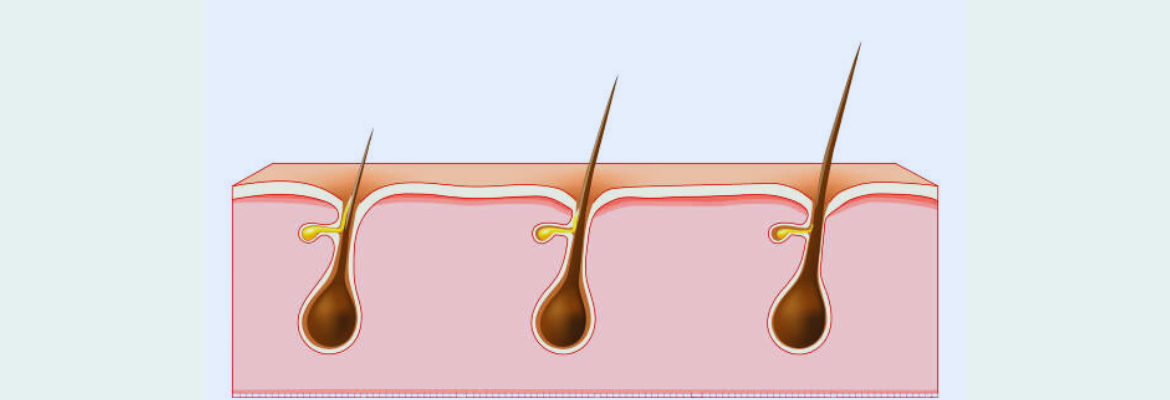The typical HAIR GROWTH CYCLE
The hardest-working component of your skin is your hair. They are continually growing throughout their lives despite being heavily exposed to the sun, perspiration, pollution, and chemicals like shampoos, conditioners, perms, and dyes.
Numerous urban legends surround the topic of hair growth. While some avoid using scissors and simply let their hair grow, others swear by scheduling monthly hair appointments for a trim. Whatever our individual peculiarities and methods for growing our hair, one aspect of hair growth—the hair growth cycle—is undeniable.
Hair has a genetic predisposition to grow in a specific pattern, such as grow, rest, fall, and so on.
You’ll be in a better position to achieve fuller, thicker, and healthier hair if you understand how your hair develops.
The hair follicle and the hair shaft are the two components that make up hair.
The papilla and bulb, which are found underneath the scalp, make up the hair follicle, which anchors the hair into the scalp. Each strand has a bulb at the bottom that houses the active cells that produce the hairs that surround the papilla. To promote healthy hair growth, the papilla supplies the blood supply to the hair follicle.
The visible hair shaft that emerges from the follicle is made up of the cuticle, a protective coating, and the hard protein keratin. There are around 100,000 hair follicles on the scalp, therefore losing up to 100 hairs every day is normal.
The Anagen (growth) phase, Catagen (involution), and Telogen (resting) phases make up the three stages of the hair growth cycle actively beginning growth from the root to hair shedding. Exogen, a subphase of Telogen, is a shedding phase as well, during which the hair sheds. Three to six years are spent in anagen, two to three weeks are spent in catagen, and three to four months are spent in telogen. Typically, 80–90% of the hair is in the anagen phase, 10–14% is in the telogen phase, and only 1% is in the catagen phase at any given time.
By the end of this phase, new hair shaft grows from the same opening and a new hair cycle begins again with the descent of Anagen phase.
Stress, radiation, hormonal changes, skin conditions, nutritional deficiencies are just a few of the factors that can cause temporary or permanent hair loss. However, there is no need to worry We Lotus Ayur Care having more than 8years of experience in Hair care Will Take care of your Hairs.

